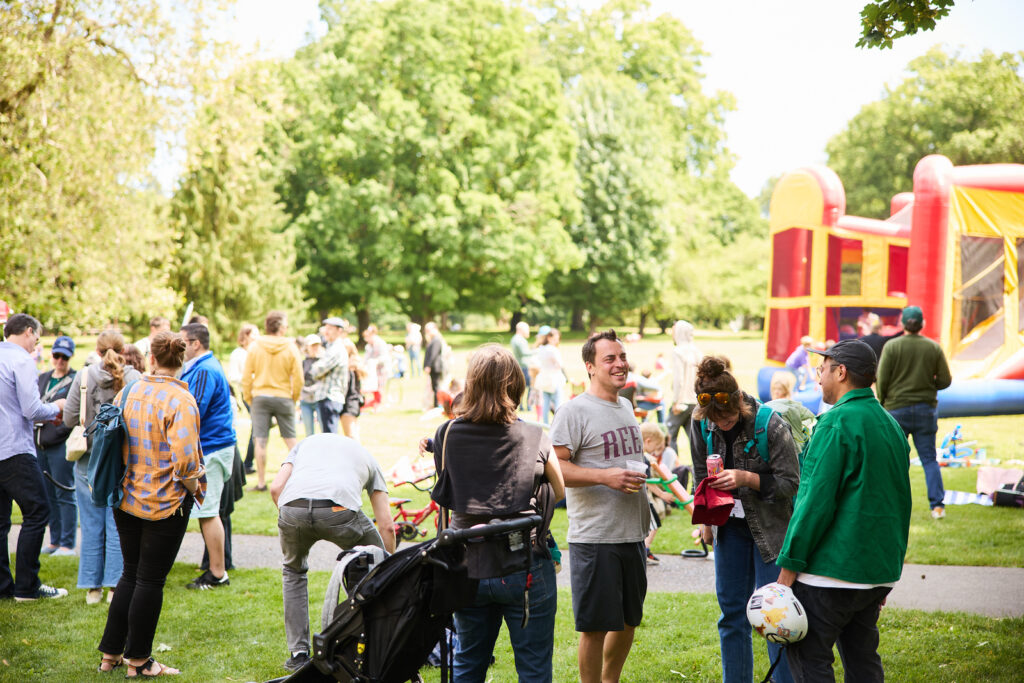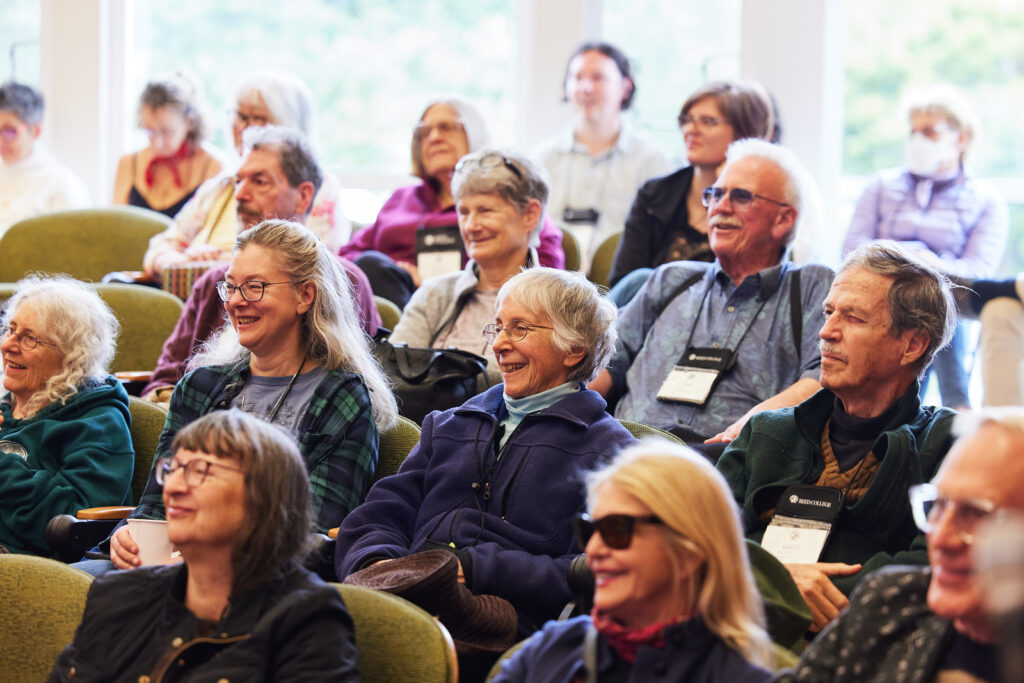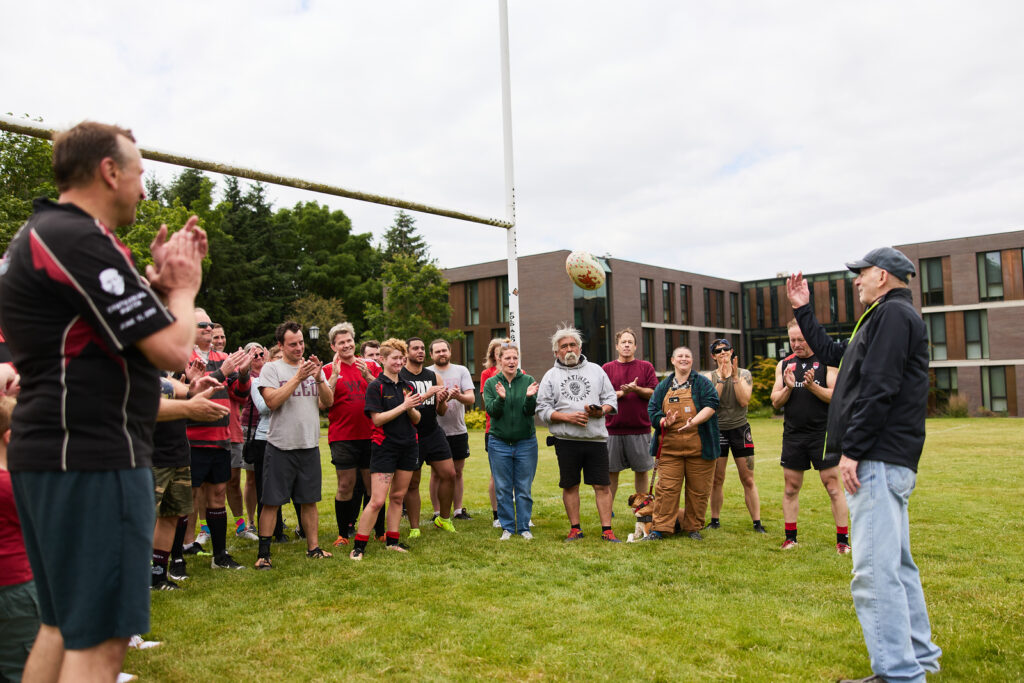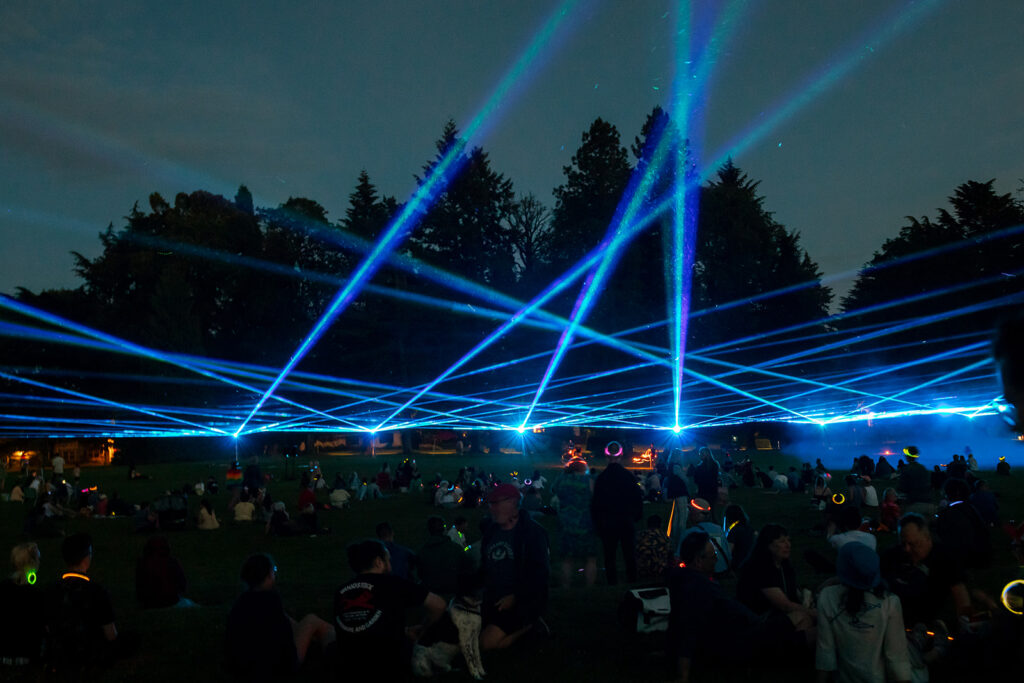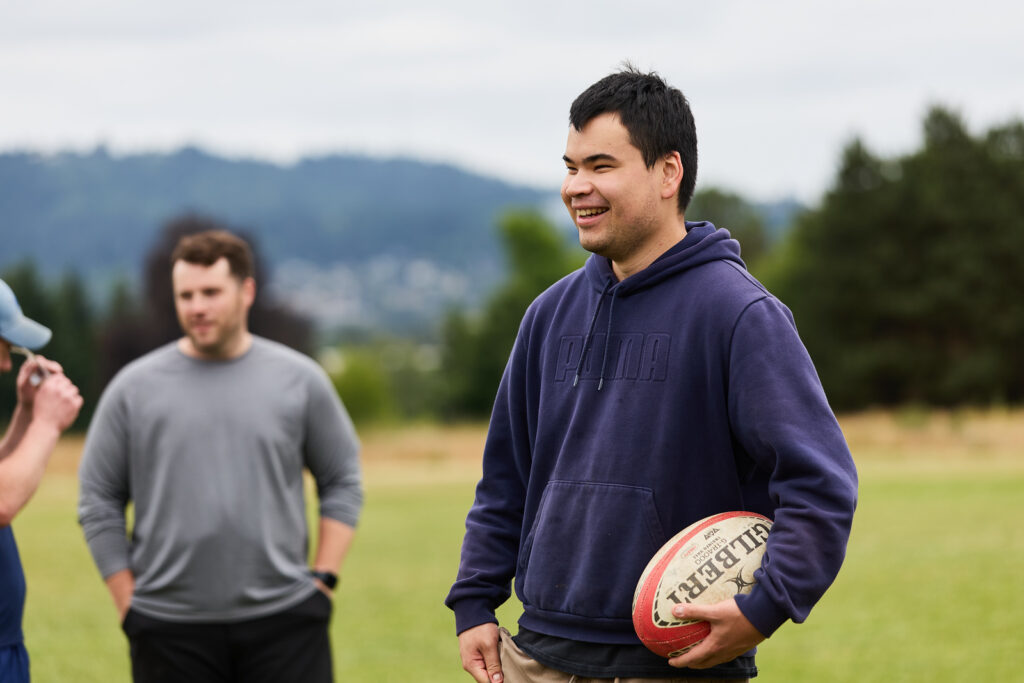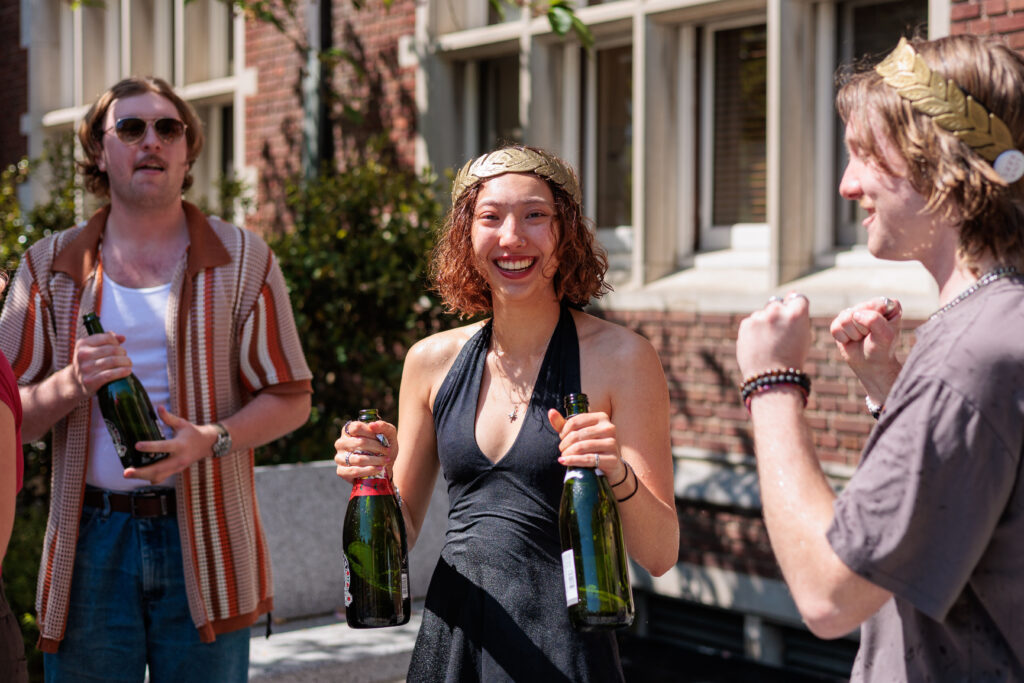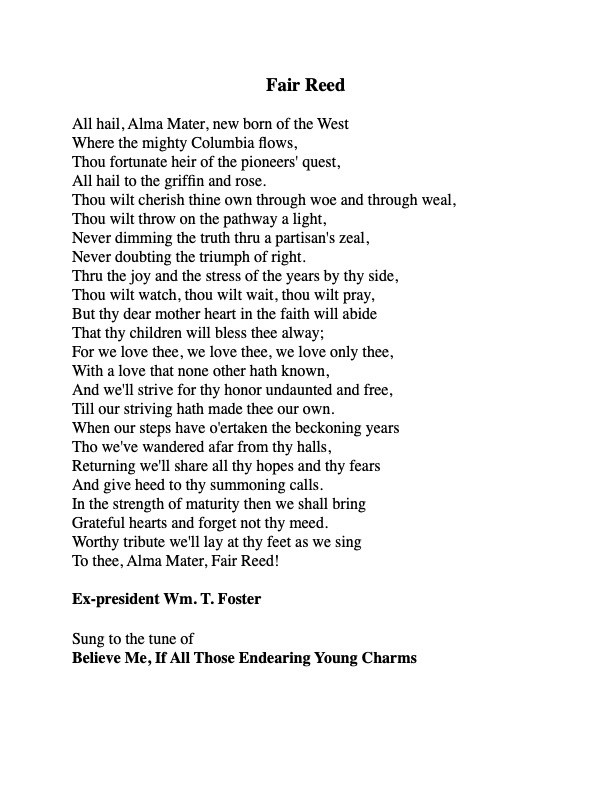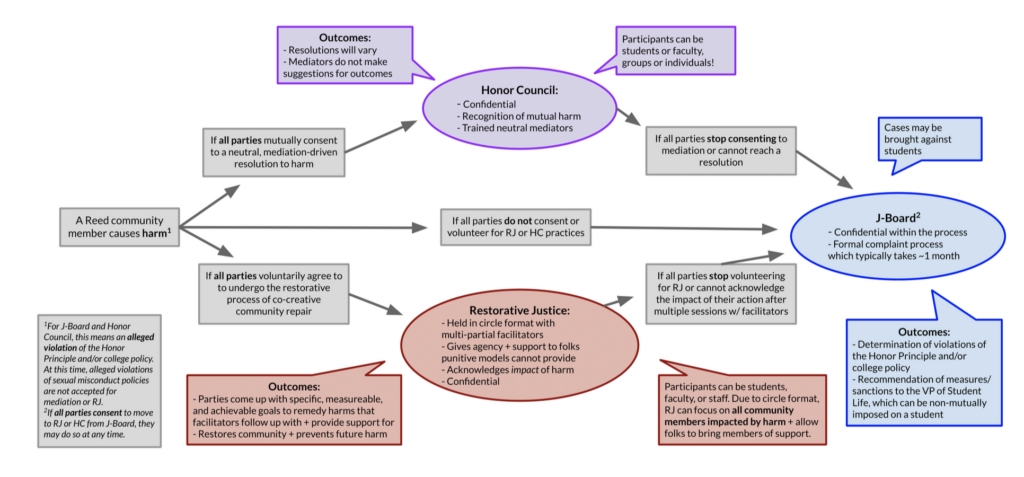When walking around Reed College, one can see a lot of buildings in various styles. These different styles represent the changes in Reed’s history and can be defined into four types of architectural styles: collegiate gothic, modernist, post modernist, and contemporary modernist.
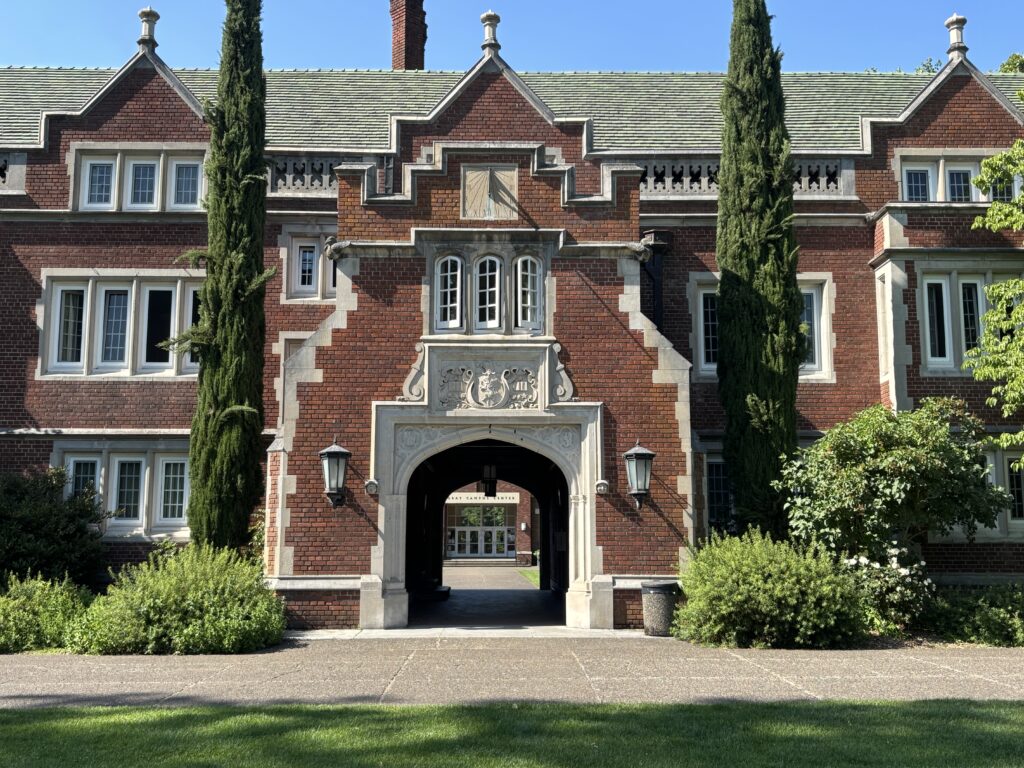
In the college’s beginning, most of the important buildings were built in the style of Collegiate Gothic. Buildings such as Eliot Hall and Old Dorm Block (ODB) were built with lots of brick and stone, and these buildings were emulating older buildings like the dorms of Princeton and University of Pennsylvania which in turn emulated gothic style architecture and even older college buildings like St. John’s College in Oxford. The architect Albert E. Doyle was the one who designed both ODB and Eliot using a slightly different style called Tudor style. In fact, the arch facing the Great Lawn on ODB, called ‘Sallyport,’ is a replica taken from a tudor manor called Compton Wynyates which was built in honor of Henry VIII. Eventually, Collegiate Gothic fell out of fashion in the 1920s and there was demand for a new style of buildings.

After Doyle died in 1928, his protege Pietro Beluski took over and designed many of the buildings on campus. A change in architect meant a change in architectural style, and Belewski was a modernist. A couple of Beluski’s buildings on campus are the McNaughton, Foster, and Scholtz dorms that many alumni may not remember so fondly. (I have heard rumors that the paint job inside was a psychology thesis trying to see what colors would make students most likely to drop out.)
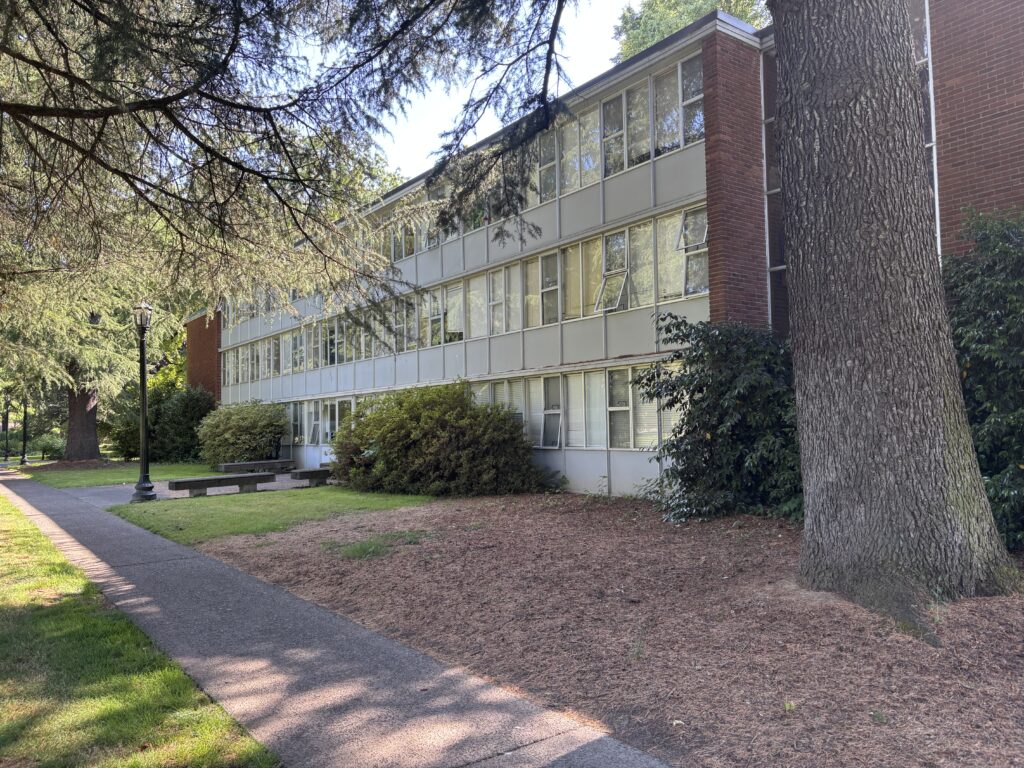
Unlike the detailed and beautiful architecture of Eliot and ODB, McNaughton, Foster, Scholtz were built with one word in mind: practicality. The school needed to house students and those buildings did the jobs perfectly. Another modernist building on campus is the psychology building, formerly the chemistry building. While one could say that the introduction of modernism on campus brought many buildings that did not fit with the style of Reed college, another can look at it more like Reed casting off a bourgeois influence.
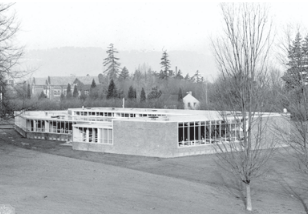
After a while, people wanted a break from the soul crushing bleakness of modernism; postmodernism was a way for architects to be playful with the designs of their buildings. Vollum Hall is a building on the Reed College campus that one could say was built in a postmodernist style; others would argue that it just looks really 70s. Another example would be the extension built onto the library. While it blends in with the older section of the library, it is not Tudor by design and contains many postmodern elements.
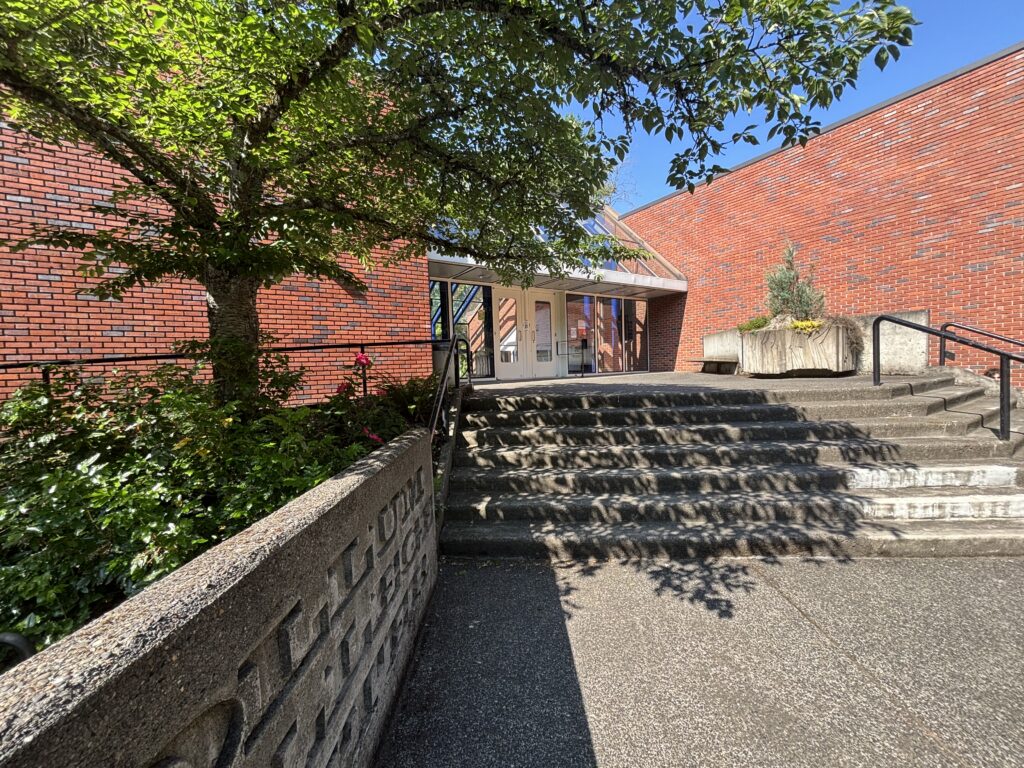
Finally, the most modern buildings on the Reed campus belong to the contemporary modernist architectural style. Two examples of this include the Performing Arts Building, and Reed’s newest dorm, Trillium. While not a full return to the hyper practicality of modernist architecture, there still was a belief that function mattered more than form. The Performing Arts Building was made to center all of the arts in one building, and so it has practice rooms for music, dance studios, etc., but it fits the design of other Reed buildings by its usage of brick. Trillium also uses brick, just not the red ones that we are used to seeing on the various buildings. The usage of bricks shows how architects are trying to make buildings pleasing to the eye or at the very least fit in with the other buildings while trying to make them as functional as possible.
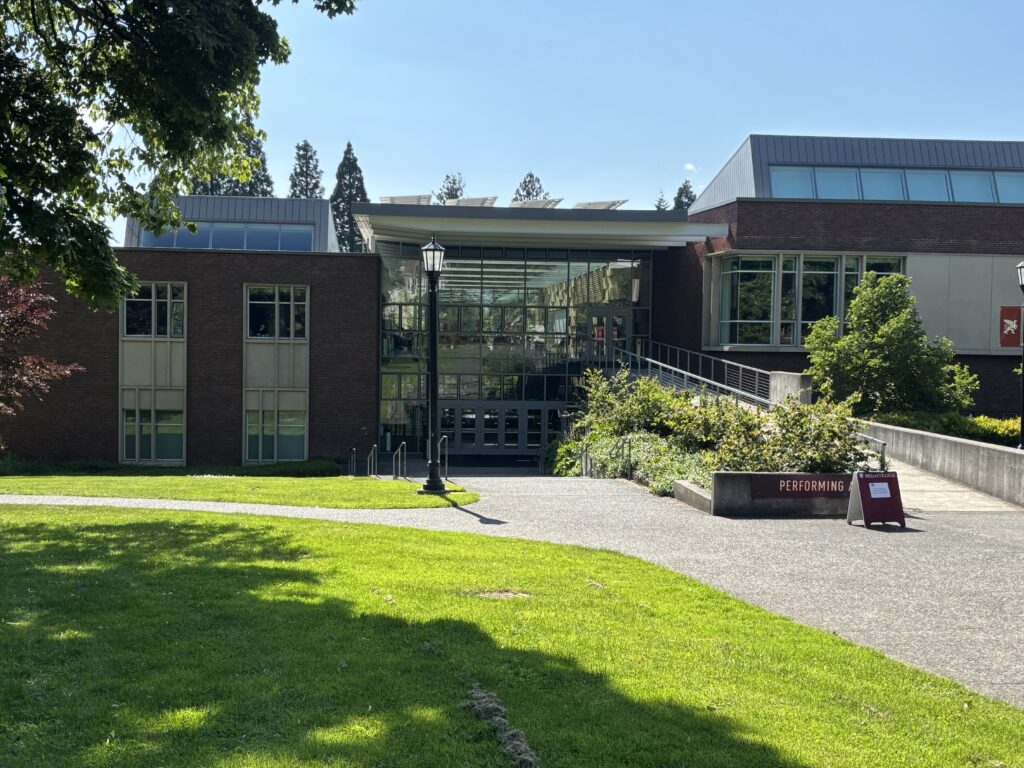
The different buildings at Reed represent different eras of Reed College along with the hopes and desires of the various architects that built them. Taking a walk around Reed campus is a lot like traveling through different eras of Reed College. You are time traveling through the different periods of Reed and seeing what were the college’s needs, its hopes, and its dreams.
With An Eye On Campus,
William Clarke ’27
